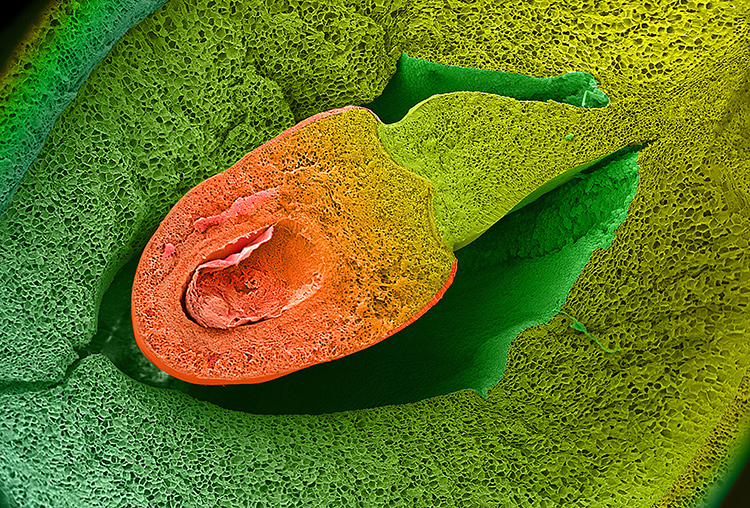
—Pascale Müller and Dan Curticapean, Offenburg University, Germany
20 Nov 2019

—Gibraham A. Graciano, CICESE, Mexico
20 Nov 2019

The galactic center of the Milky Way
The galactic center of the Milky Way rising over a tree. During the 30-sec exposure the tree was illuminated from behind with a torch. This photo was taken in the Karijini National Park in Western Australia. It’s location on the southern hemisphere in combination with the absence of light pollution and dry atmosphere offers perfect conditions to shoot the Milky Way. [Third place winner 2019 After Image photo contest.]
—Moritz Floess, 4th Physics Institute, University of Stuttgart
20 Nov 2019
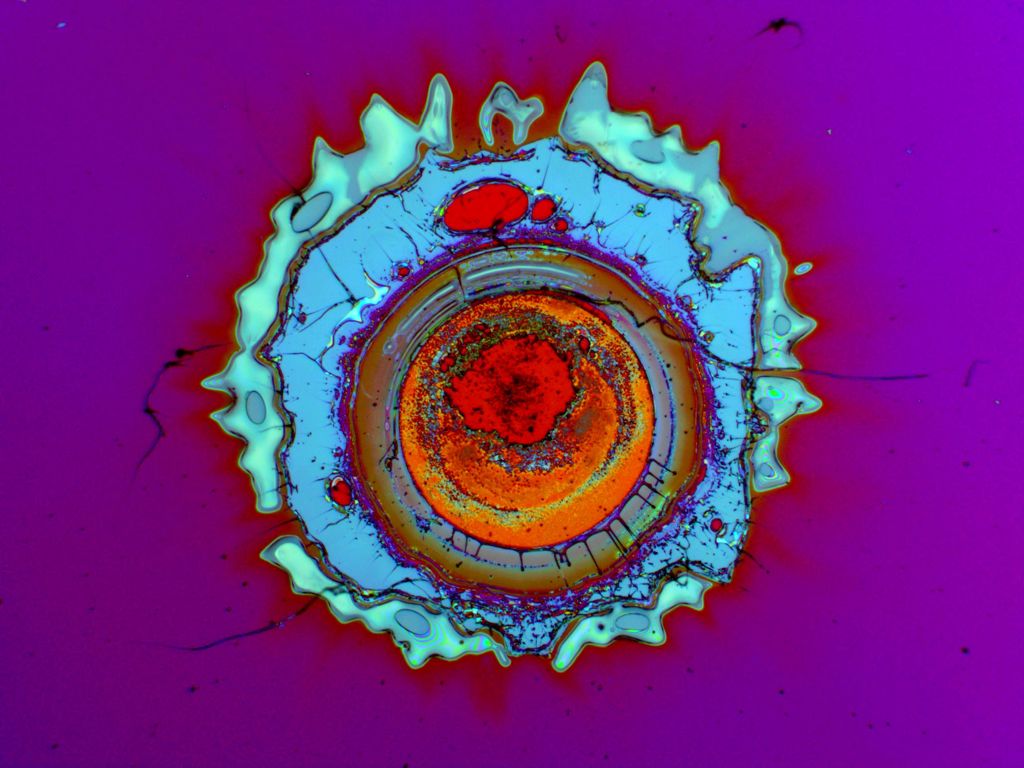
—Gintare Bataviciute, Lidaris
20 Nov 2019
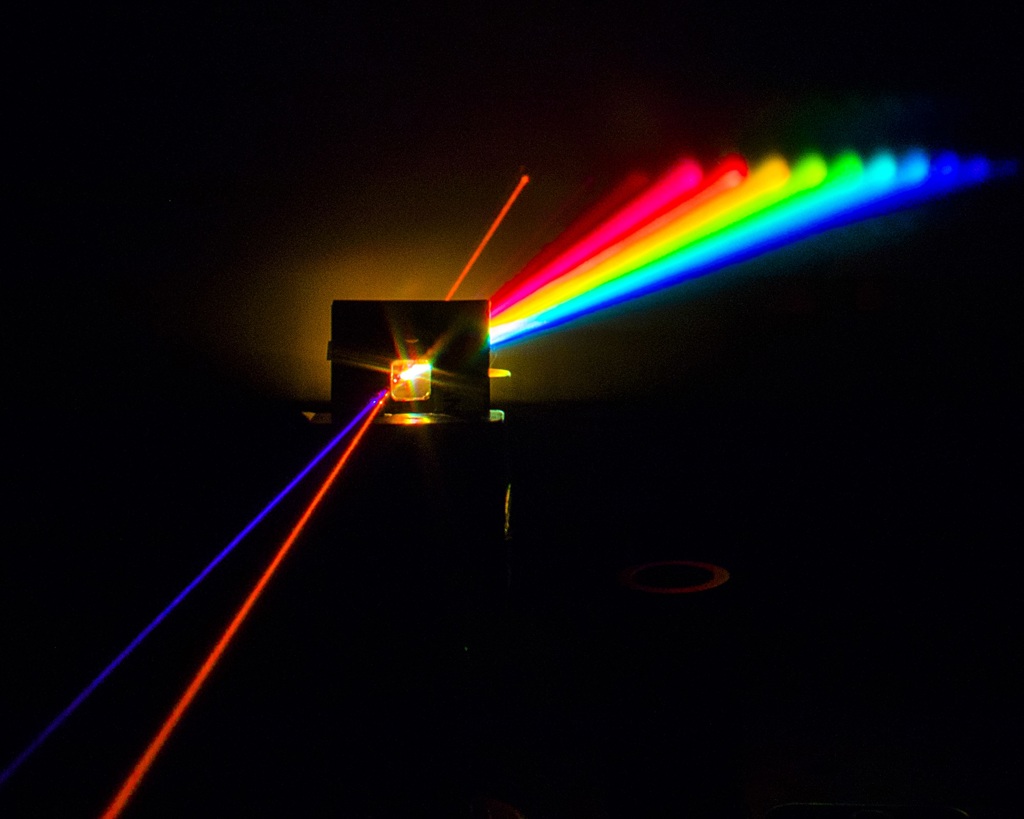
—Aysan Bahari, Texas A&M University
20 Nov 2019
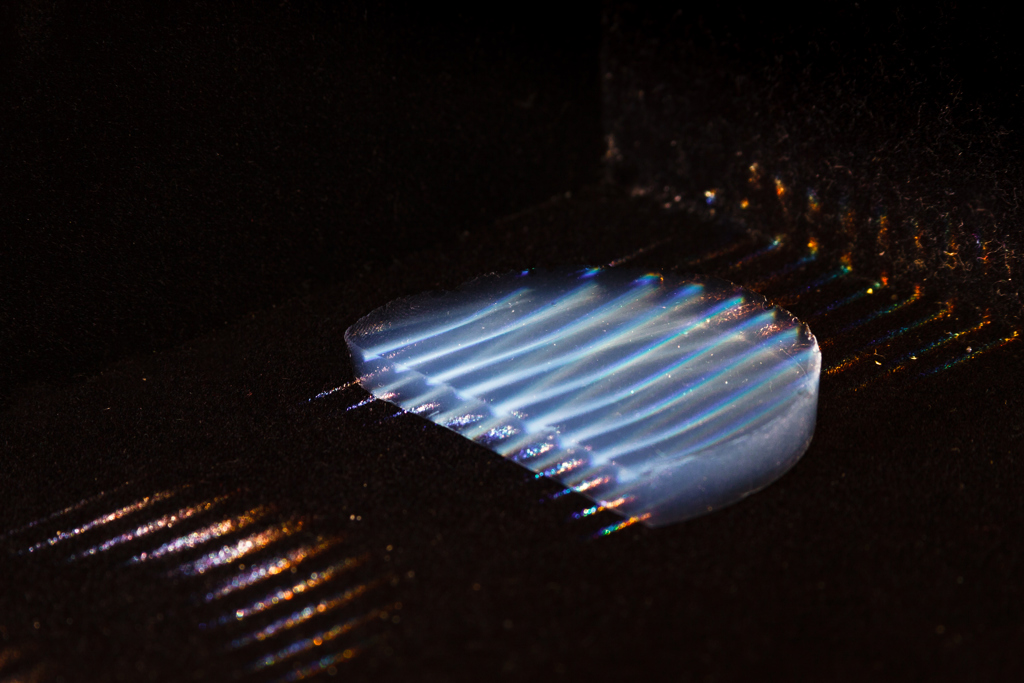
Multiple simulated solar radiation beams
Multiple simulated solar radiation beams penetrate in a low-scattering and high-clarity silica aerogel. Because of the weak scattering effect (especially towards the shorter wavelength), the light path is visible and appears blue within the aerogel. Multiple mirrors in the solar simulator produced multiple light beams, which are then focused on the aerogel sample. [Honorable mention 2019 After Image photo contest.]
—Lin Zhao, Massachusetts Institute of Technology
20 Nov 2019
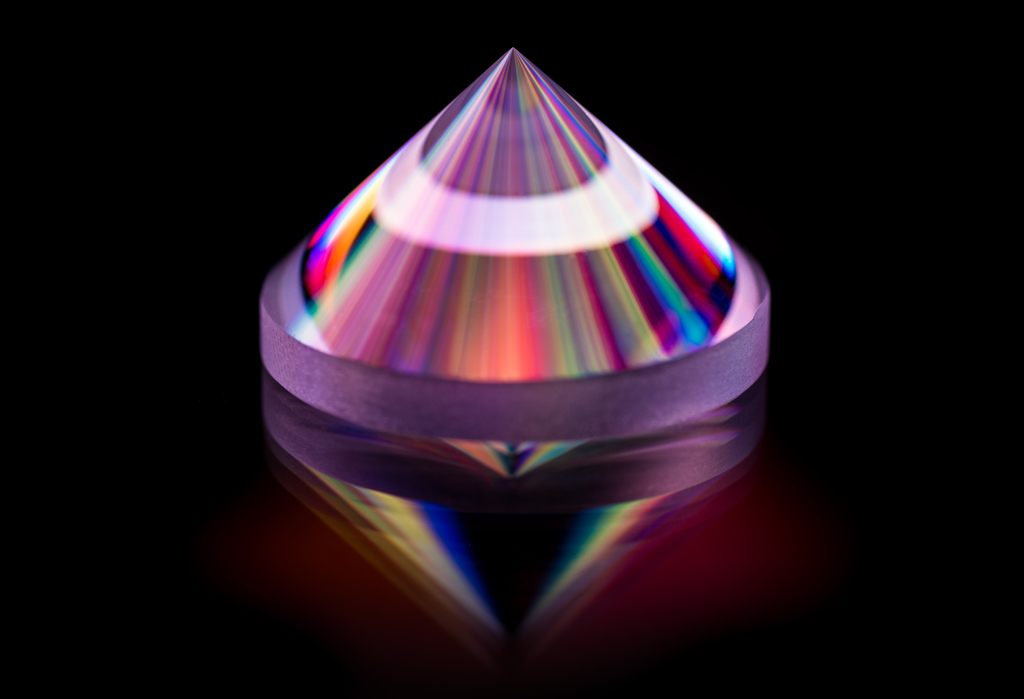
—Kevin J Mitchell, University of Glasgow
20 Nov 2019
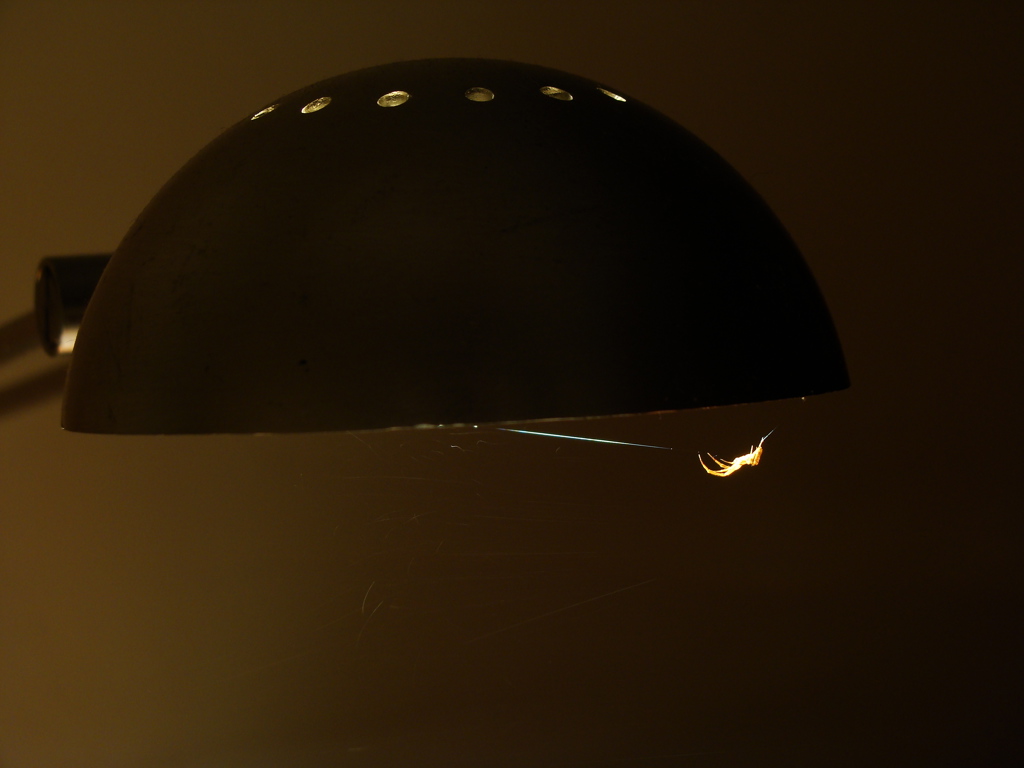
—Victor M. Rico, CICESE, México
20 Nov 2019
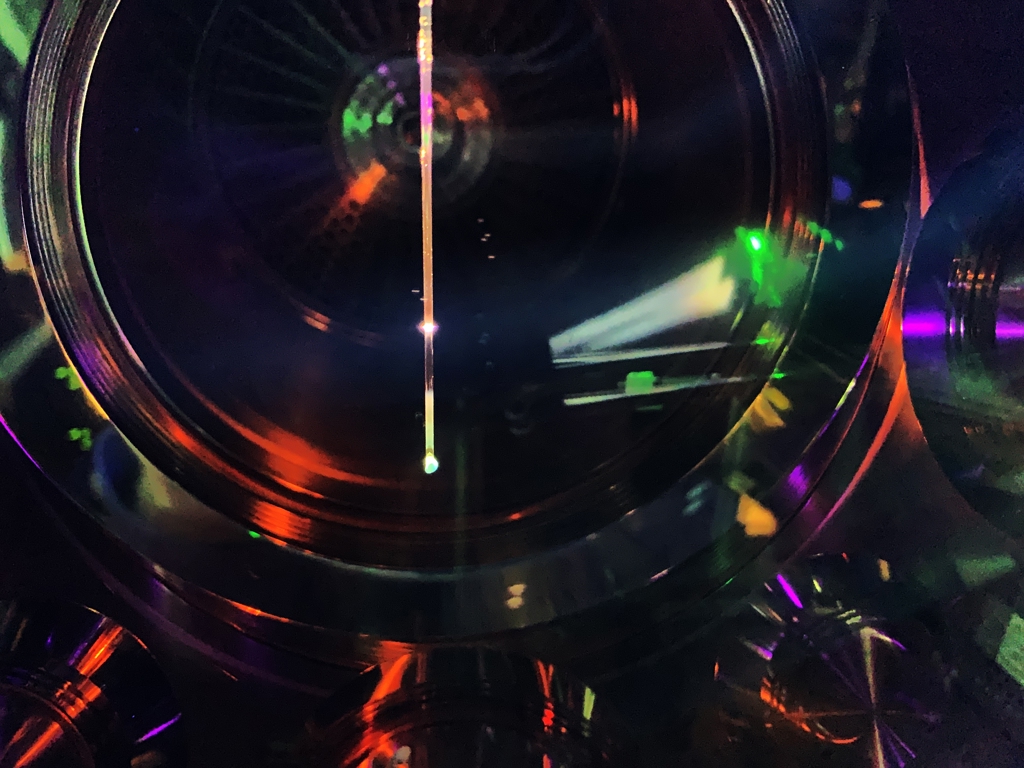
—Robert A. Kaindl, Lawrence Berkeley National Lab
20 Nov 2019
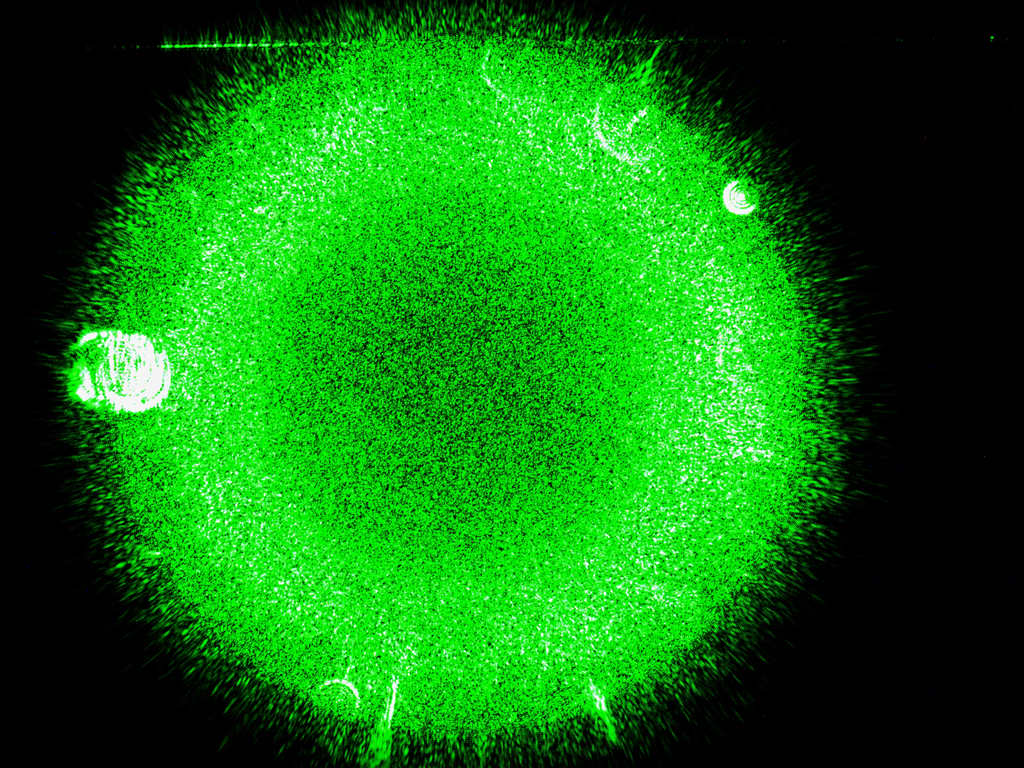
—Noel Lito B. Sayson, PhD student, The University of Auckland, New Zealand
20 Nov 2019


